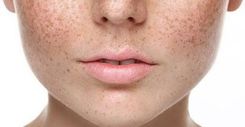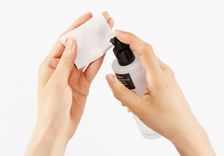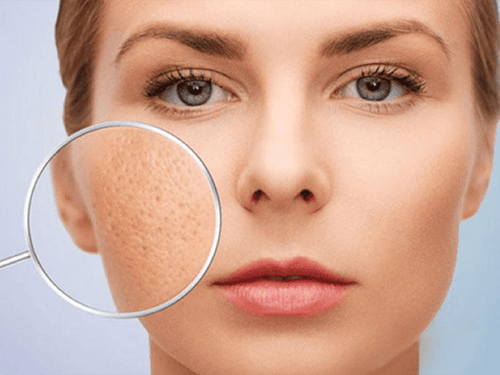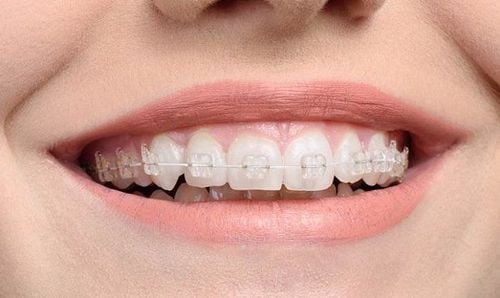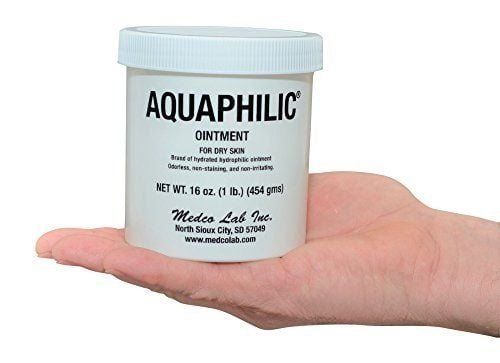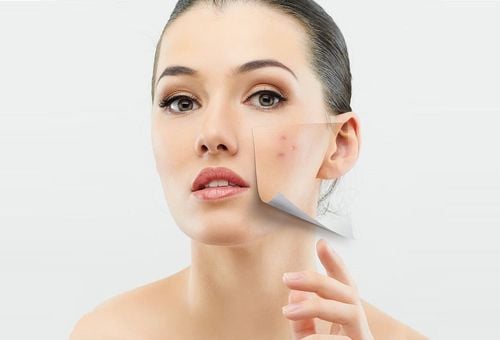This is an automatically translated article.
Skin pH is a topic of interest not only in the beauty care industry but also has clinical significance related to the important function of the stratum corneum. There is a lot of convincing basic scientific evidence that skin pH is an important factor in the homeostasis, integrity and anti-microbial protection of the skin. Many skin disorders are caused by an abnormal pH of the skin.
1. Physiological pH of the skin
The pH of the skin is usually acidic, with pH values ranging from 4–6 while the internal environment of the body maintains a near-neutral pH (between 7-9).
The physiological role of the acidic skin surface is as a defense mechanism against invading organisms. More recently, the acidic pH of the skin has been shown to be due to a number of important enzymes involved in the synthesis and maintenance of healthy, resilient skin.
2. Factors that affect the pH of the skin
Several factors, including endogenous and exogenous factors, affect the pH of the skin including:
2.1 Age Immediately after birth, the pH of the infant's skin surface is sufficient months and prematurity both increased compared with adults and older children. The mean pH value from 6 across different body sites during the first day of life in term neonates was 7.08, significantly higher than in adults, pH 5.7 .
Most observations show that, there is no difference in pH value between different body sites in infants 1–2 days after birth. Thereafter, a decrease in pH occurs from day 3 to day 30 of infancy and is most prominent in the forearm region compared with the forehead, cheeks, and buttocks.
On day 90, the pH is higher on the cheeks and buttocks and lower on the forehead and forearms. It is clear that the difference can be explained by exogenous factors, in particular, by diapering in the buttocks area and climatic factors in the exposed cheek skin. Eczema in children often appears on these areas, which are different from the body location in adults.
2.2 Skin Area There is a physiological difference in the acid barrier depending on the skin location, especially in the limb folds, axillary interstitial, groin, buttock areas. The pH in these areas is usually higher than in other areas.
It is the higher pH that leads to colonization by some odor-producing resident bacteria such as propionibacterium and staphylococci. This is the basis of using deodorants containing citrate which lowers the pH and inhibits the activity of bacteria.
>>> Home remedies for dry skin

Một số yếu tố, bao gồm cả yếu tố nội sinh và các yếu tố ngoại sinh, ảnh hưởng đến độ pH của da
2.3 Skin Pigmentation There is ample evidence to demonstrate a significant difference in the acidic surface pH in people with dark versus lightly pigmented skin, pH 4.6 ± 0.03 vs. ,0 ± 0.04 .
2.4 Exogenous Factors The environment that affects the skin is also a factor that affects the pH of the skin.
Examples of these elements are detergents, cosmetics, soaps, bandages or antiseptic solutions, skin irritants..
3. Skin pH and functions
3.1 As a body barrier The role of the stratum corneum on the skin as a barrier is hydrophobic due to the lipid distribution and organization of lipids into a chain of double layers.
At the same time, the skin barrier contains other lipophilic components, involving a number of pH-dependent enzymes. Two lipid-degrading enzymes, β-glucocerebrosidase and acid sphingomyelinase, which have an optimal pH of 5.6 and 4.5, are involved in the synthesis of ceramides, an important component determining skin permeability.
3.2 Maintain the integrity of the stratum corneum The pH of the skin affects not only the homeostatic barrier but also the integrity, cohesion and desquamation of the stratum corneum.
3.3 Offers antibacterial properties Skin microbiota includes resident and transient species, including coagulase-negative staphylococci. These probiotic strains grow normally optimally at acidic pH levels. In contrast, pathogenic bacteria, such as S. aureus, will thrive at neutral pH levels.

Độ pH của da không chỉ ảnh hưởng đến hàng rào cân bằng nội môi mà còn ảnh hưởng đến tính toàn vẹn
4. Application of skin pH in practice
The pH of the skin varies depending on the characteristics of different dermatological types, even different on each area of the body. Furthermore, exposure to exogenous agents such as detergents, creams, deodorants, and topical antibacterial agents are also contributing factors to pH effects and may exacerbate the condition. pre-existing.
Therefore, understanding the pH of the skin is a consideration in selecting topical skin care agents that protect the acid environment that are safe for the skin.
4.1 Leather cleaners Detergents can be classified according to the type of surfactant used.
Non-soap surfactant cleaners called “syndets” are typically neutral or acidic (≤ pH 7) compared to soap-based cleaners, which are typically alkaline (pH 10) . As such, this product line will be safer for the skin due to its pH compatibility and reduced potential for skin irritation.
4.2 Acidification of the stratum corneum Topical alpha-hydroxy acids (AHAs) are common products used in the treatment of keratinization disorders.
For example, with lactic acid, the product has been shown to increase ceramide production by human keratinocytes, which enhances the skin's barrier function compared to those with reduced levels of ceramides in the skin.
>>> The more sun protection, the darker the skin, why?
4.3 Skin Cream The external environment or use of common cleansers will make the skin lose its acidity. Accordingly, choosing acidic lotions, especially for oily skin conditions, will help rebalance the pH of the skin as well as reduce the risk of skin irritation like neutral products, especially in cases of dry skin.
In conclusion, the role of skin pH has long been recognized as an important factor in the treatment of diseases caused by functional defects of the stratum corneum as well as in cosmetic dermatology. Since many factors influence individual skin pH, clinicians should focus on preserving or restoring the acidic environment by selecting dermal agents compatible with the acidity of the skin. On the other hand, even if there is no disease, a healthy and beautiful skin is also required to be cleaned and cared for in a suitable alkaline environment.
Please dial HOTLINE for more information or register for an appointment HERE. Download MyVinmec app to make appointments faster and to manage your bookings easily.
References: medicaljournals.se, medicaljournals.se